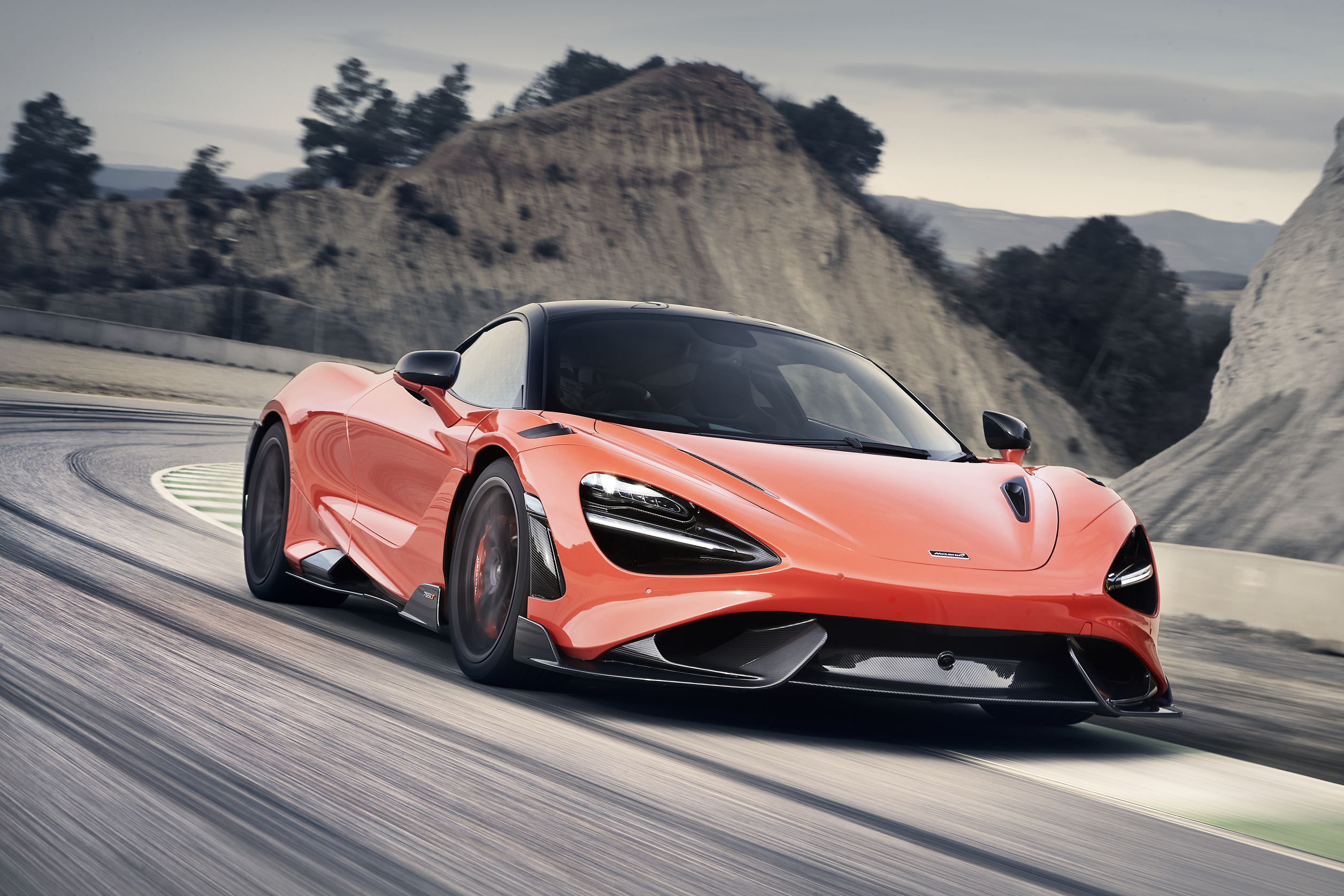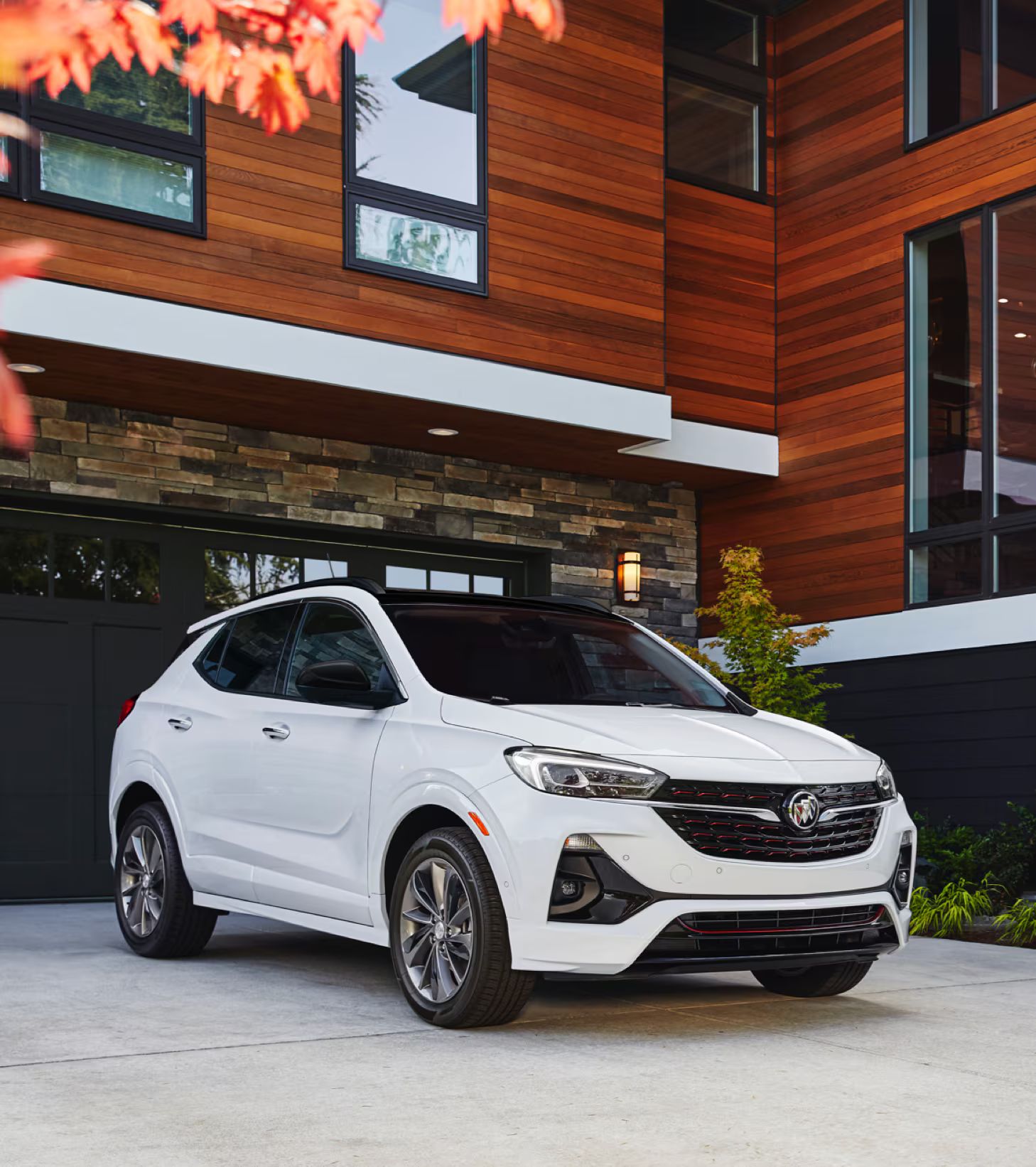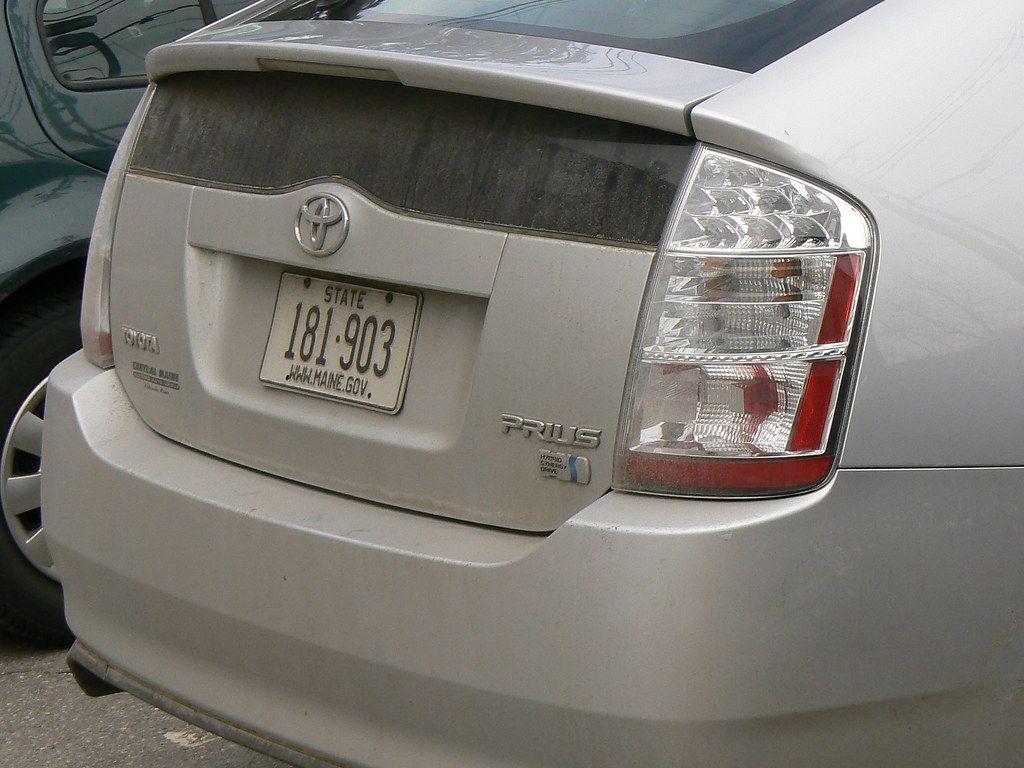
Alright, parents, buckle up! We’re about to dive into one of the most polarizing debates in family transportation: the epic showdown between the trusty SUV and the ever-practical minivan. You know the conversation, right? Bring it up during a night out with other parents, and suddenly, everyone’s got an opinion, and the air gets thick with unspoken allegiances. As someone who spends a lot of time writing about cars and, let’s be real, navigating the chaos of family life, I’ve had this chat countless times. And for good reason, because when you’re toting your most precious cargo, you need a vehicle that truly gets you.
It’s pretty clear that both sport utility vehicles and minivans are champions at hauling people and all their stuff. Just take a peek at any elementary school carpool line, and you’ll see them dominating the scene. But while they might seem similar at first glance, the truth is, these two family-hauling titans have some pretty significant differences when it comes to price, style, features, and capabilities. Choosing the right one really boils down to your budget, your family’s unique demands, and your lifestyle. It’s not a one-size-fits-all world, especially when it comes to getting your crew from A to B.
So, if you’re out there wondering if your ‘sporty’ SUV is secretly rocking some serious ‘mommy mobile’ vibes, you’re in the right place. We’re about to explore ten surprising ways that minivans, often dismissed for their perceived lack of ‘cool factor,’ actually offer features and benefits that make them incredibly similar to, or even superior to, some of the most popular SUVs. Get ready to have your mind changed, because what you’re about to learn might just shift your perspective on what truly makes a family-friendly ride.
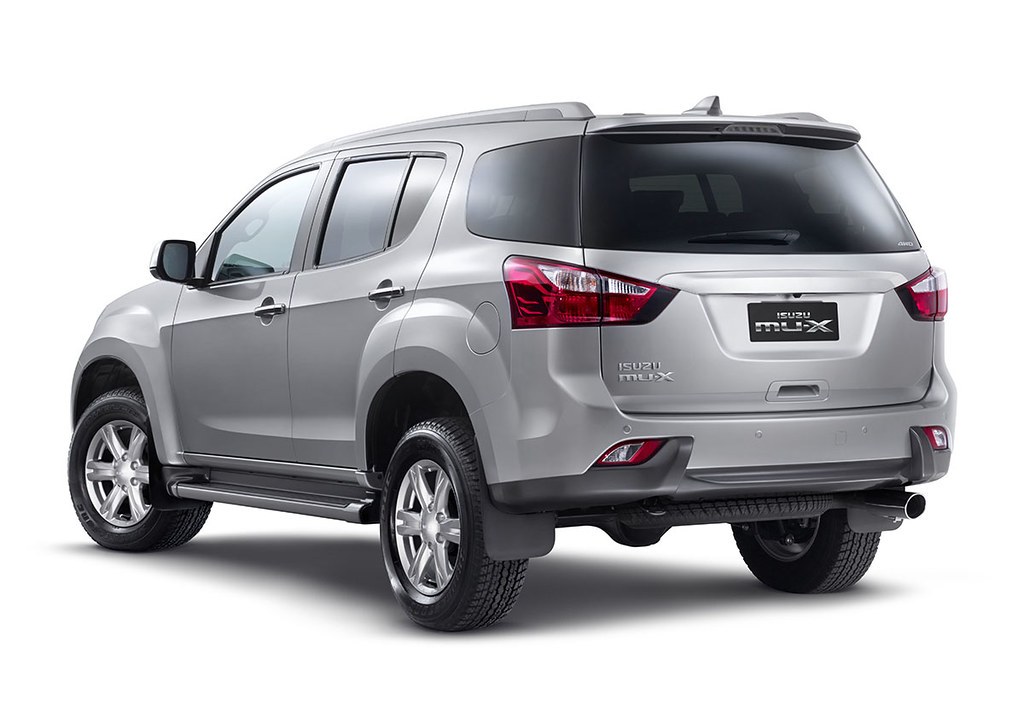
1. **The Price Tag Reality Check**
Let’s kick things off with something that always matters: your wallet! It might surprise you, but minivans are generally more affordable than 3-row SUVs that offer comparable space and passenger capacity. This isn’t just a small difference; it can be a pretty significant chunk of change. For instance, the 2025 Kia Carnival minivan kicks off its pricing at around $36,500, offering seating for up to eight people and a whopping 145.1 cubic feet of maximum cargo space. Now, compare that to a full-size SUV like the 2025 Chevrolet Tahoe, which seats up to nine people but starts at a hefty $58,500 and offers less cargo capacity at 122.7 cubic feet.
This cost-efficiency extends beyond the initial purchase. While SUVs can have a wider price range due to their extensive sizes and luxury features, minivans often represent a more economical solution for consumers from the get-go. For budget-conscious families, especially those looking at used vehicles, a minivan consistently emerges as the more financially savvy choice. This makes them an attractive option for families who need maximum utility without breaking the bank, challenging the assumption that bigger (and seemingly ‘cooler’) always means better value.
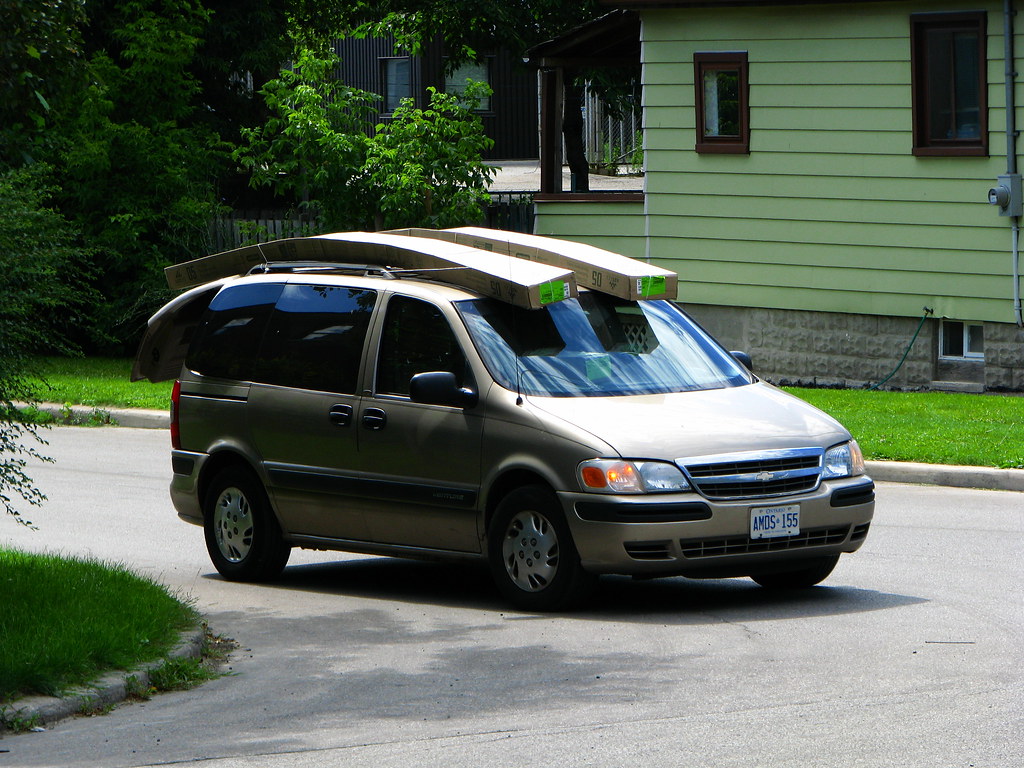
2. **Space That Truly Sprawls**
When it comes to pure, unadulterated space, minivans are often the undisputed champions, especially if you’ve got a large family or frequently haul multiple generations. Minivans typically offer more passenger room than the average 3-row SUV. We’re talking about an average of five additional inches of legroom in the third row! That’s a game-changer if you’ve got growing teens or, heaven forbid, grandma cramped in the back on a long journey.
But it’s not just about passenger comfort; cargo versatility is where minivans truly shine. They boast low, flat load floors and seats that often fold completely flat or are even removable. This design allows for incredible flexibility, making it ideal for families with tons of travel gear, endless bags of groceries, or bulky sports equipment. One Kelley Blue Book editor even bragged about putting down the seats in his Chrysler Pacifica and hauling full sheets of plywood and drywall! Try doing that in your average 3-row SUV. The 2025 Honda Odyssey, for example, provides a staggering 155.8 cubic feet of maximum cargo room, outclassing even the largest full-size SUVs like the 2025 Chevrolet Suburban, which comes in at 144.7 cubic feet.
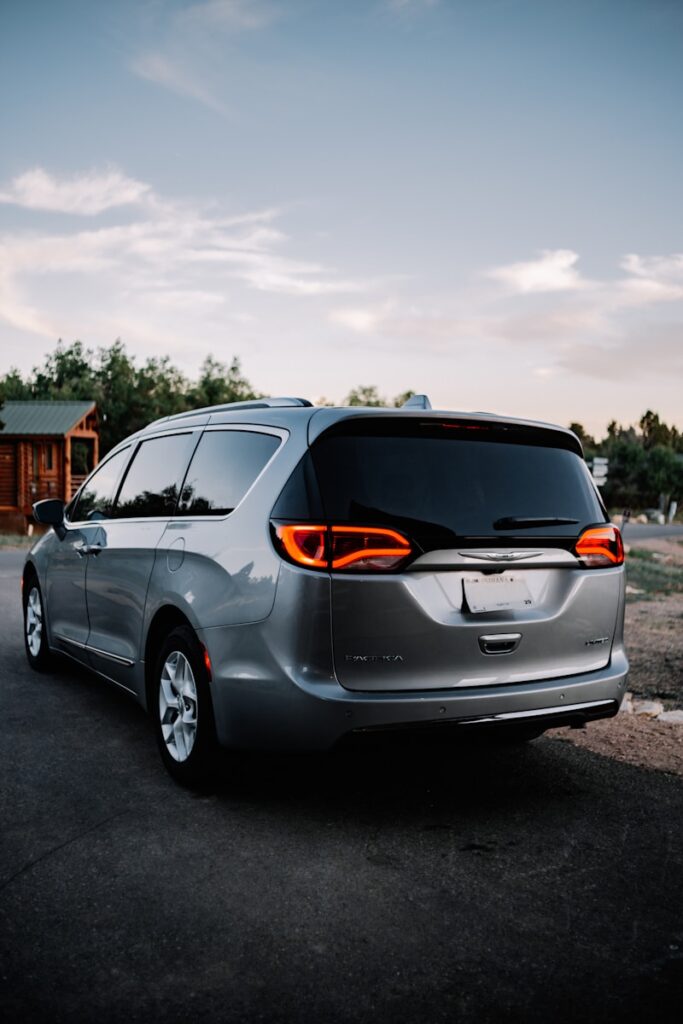
3. **The Magic of Sliding Doors**
Now, let’s talk about the absolute superstar feature that minivans flaunt and SUVs, for all their sportiness, simply cannot replicate: those glorious sliding rear doors. Any parent who’s wrestled a squirming toddler into a car seat while juggling grocery bags knows the struggle. Ten minutes and a few gray hairs later, you’d wish for anything to make that process quicker and easier. Enter the sliding door, with its lower step-in height than most SUVs, offering easy access for you and your tiny dictator. It’s also a godsend for grandparents or other family members with mobility challenges.
Beyond the ease of entry and exit, these sliding doors are pure genius in tight parking spaces. They provide a much wider opening than standard swing-out doors, meaning you can get kids on board or load cargo without the constant anxiety of dinging the car parked right next to you. Some models, like the 2025 Chrysler Pacifica, even offer hands-free power-sliding side doors. Imagine just waving your foot under the car to open the door when both your hands are full! It’s an overlooked, but massive, plus that often gets dismissed until you experience the sheer convenience yourself.
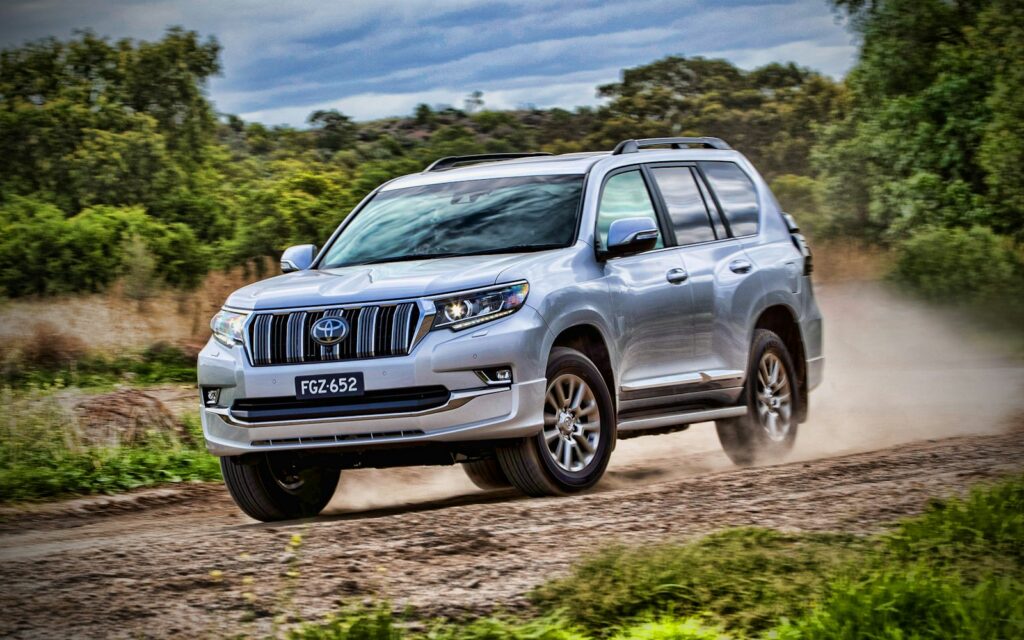
4. **Integrated Family Tech Wins**
While both SUVs and minivans come loaded with modern interior technology like Apple CarPlay, Android Auto, and surround-view cameras (a personal favorite for those preschool parking lots!), minivans often take it a step further with family- and passenger-oriented tech amenities that SUVs typically don’t offer. We’re talking about features designed specifically for the chaos and convenience of family life on the road.
Take the Toyota Sienna, for instance, which boasts a whopping seven USB ports! That’s enough to keep everyone’s devices charged and happy, preventing those dreaded back-seat squabbles over who gets to plug in. And let’s not forget the Chrysler Pacifica’s higher trim levels, which offer dual rear-seat entertainment touchscreens complete with a Blu-ray player, wireless headphones, and a ton of cool apps and educational games. These features can make road trips a million times more palatable. But perhaps the most iconic, and deeply missed by SUV owners, is the integrated vacuum cleaner! The Chrysler Pacifica has featured this ‘Cheerio destroyer’ for years, and Toyota’s Sienna will offer it as optional equipment for 2025 models. You simply won’t find this level of embedded, kid-mess-busting convenience in an SUV.
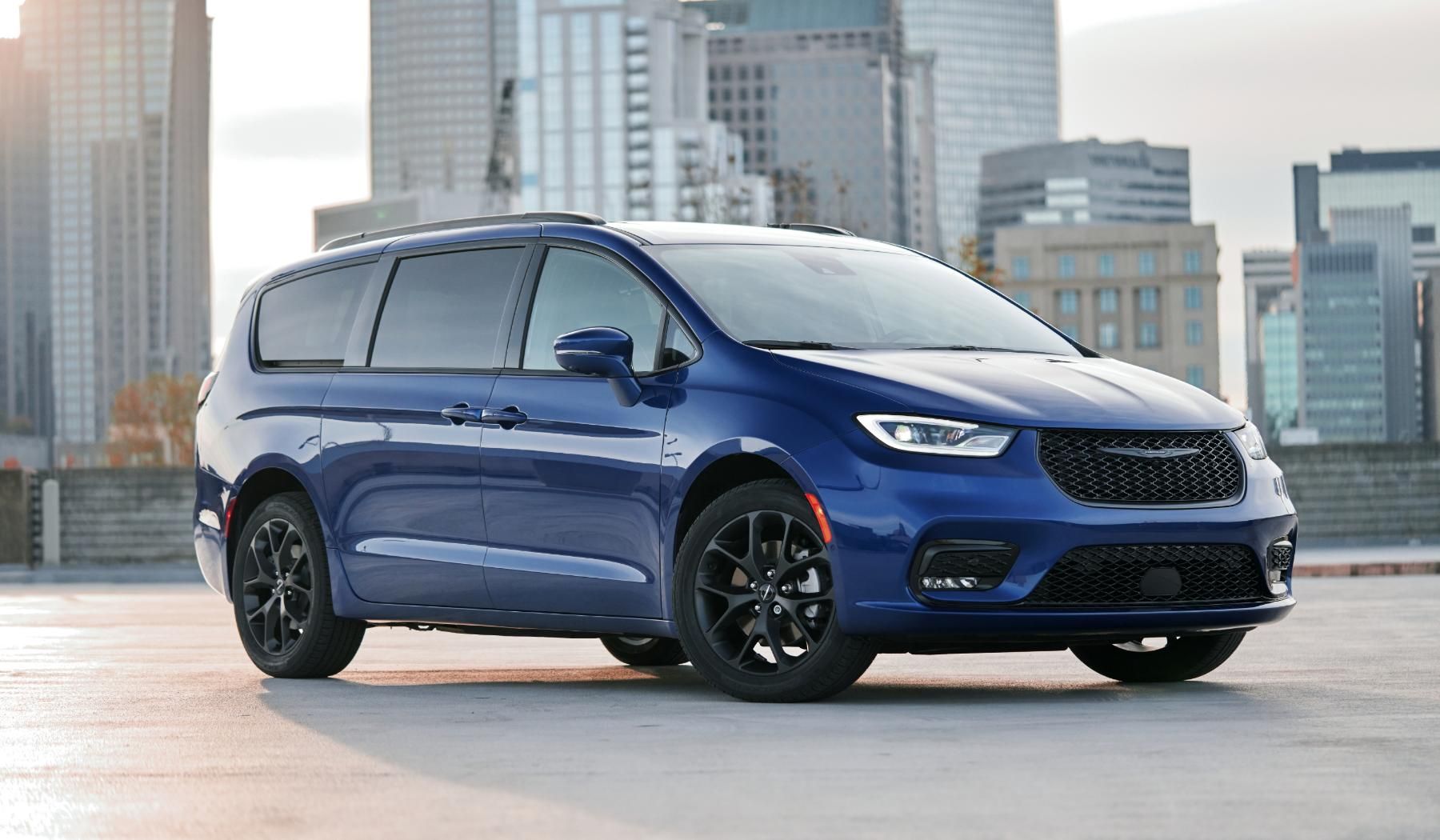
5. **Car Seat Compatibility Crown**
If you’re a parent with multiple young children in car seats, listen up: minivans are, hands down, the reigning champions of car seat versatility. While full-size SUVs like the Yukon XL are decent, minivans consistently have the edge. They offer more car seat hardware, making installation and arrangement of multiple rear- and forward-facing car seats significantly easier. This adaptability is crucial for families with growing broods.
Beyond the hardware, minivans excel in third-row access, which is often a major factor for parents. Many minivans come standard with captain’s chairs in the middle row, which are an absolute must for families with more than one child in a convertible car seat. These individual seats create an easy pass-through to the third row, meaning you don’t have to awkwardly fold or slide a bench seat just to buckle in the back. While some newer SUV models offer optional captain’s seats, they are far more common and often standard in minivans, especially if you’re looking at used models. This practical design consideration truly makes the minivan the top choice for car seat logistics.
Now, let’s keep the minivan love train rolling, because we’ve only just scratched the surface of how these humble heroes secretly outshine their sportier siblings. If you thought the first five points were eye-opening, get ready for a deeper dive into the subtle, yet significant, ways minivans make everyday family life not just tolerable, but genuinely *easier*. From navigating urban jungles to saving you cash, and even proving their mettle in the ultimate car seat challenge, prepare for your ‘mommy mobile’ perceptions to be completely flipped. It’s time to embrace the practical prowess that awaits.
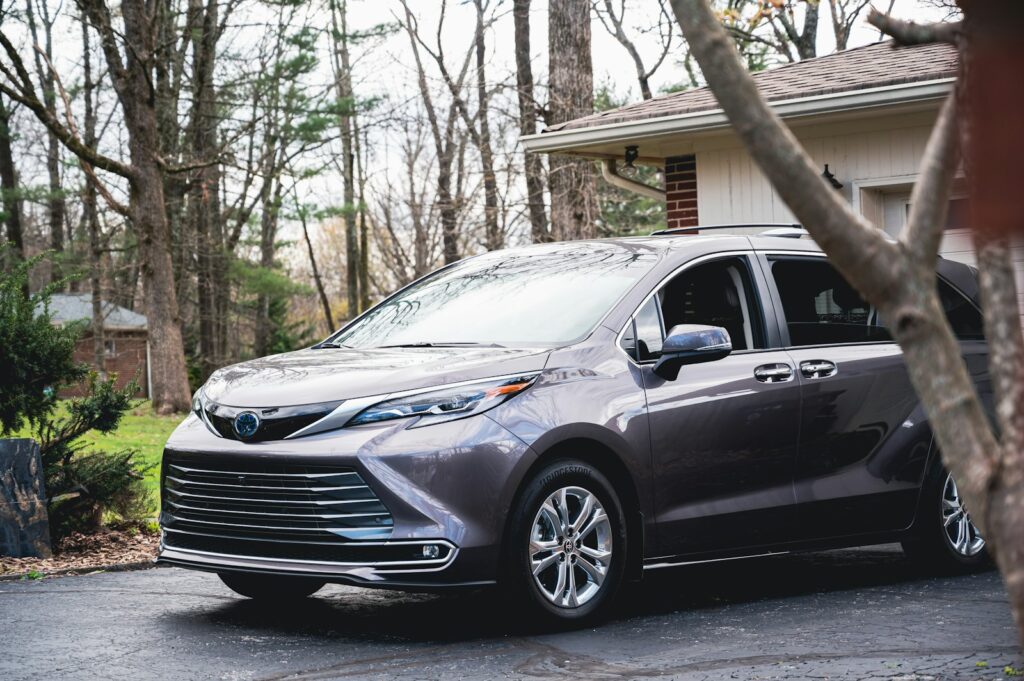
6. **Maneuvering in Tight Spots**bender.
Alright, let’s tackle the elephant in the parking lot – size. I know, I know, minivans often get a bad rap for being “big vehicles with a large external footprint.” And honestly, the first time you get behind the wheel, you might feel like you’re steering a boat. (Don’t worry, that feeling totally vanishes after a bit!). But here’s the kicker: despite their generous interior space, minivans can often be *easier* to navigate in those dreaded tight urban spaces than many larger SUVs. This is a crucial distinction, especially for families who spend a good chunk of their driving time in bustling city environments, where every inch can make a difference between a smooth park and a stressful fender-bender.
Think about parallel parking on a busy street, maneuvering through a crowded school pickup line, or squeezing into a packed grocery store lot. While some full-size SUVs, like the mighty Yukon XL, are a substantial 25 inches longer than a nimble minivan like the Kia Carnival, that extra length can turn parking into a high-stakes puzzle. This isn’t just about feeling a bit cramped; it translates to real-world inconvenience. The Carnival, for instance, fits snugly into my garage, while the Yukon XL? Not so much! This often overlooked difference in external dimensions can make all the difference in daily city driving, proving that sometimes, less is truly more when it comes to exterior footprint and urban agility.
Furthermore, the overall design philosophy of a minivan, even with its larger appearance, often lends itself to better visibility and a lower center of gravity compared to many SUVs. While SUVs boast higher ground clearance for off-road adventures, minivans are engineered for the paved jungle, offering a more car-like driving experience. This can translate to a tighter turning radius and a more predictable feel behind the wheel in confined areas, giving you that extra bit of confidence when navigating tricky spots. So, the next time you’re eyeing that seemingly small parking space, don’t dismiss the minivan—it might just be your surprising hero.

7. **Surprising Fuel Efficiency (Yes, Really!)**
Okay, prepare for another mind-blower that might just shift your entire perspective on family vehicles. Conventional wisdom often assumes that SUVs are inherently more fuel-efficient, especially when compared to the ‘gas-guzzling’ image some people still hold for minivans. But hold on to your reusable grocery bags, because minivans are generally more fuel-efficient than *larger SUVs*. This isn’t some marketing trick; it’s a reflection of how vehicle design impacts performance at the pump, particularly when comparing apples to apples in terms of passenger and cargo capacity.
While it’s true that “most minivans are not particularly fuel-efficient” in their traditional, purely gas-powered forms, there’s a huge asterisk here that completely changes the game for modern families. The automotive market is rapidly evolving, and with a growing emphasis on sustainability and reducing running costs, minivans have smartly adapted. Happily, there are now three different hybrid minivan options hitting the market today, offering incredible economic advantages: the Chrysler Pacifica PHEV (Plug-in Hybrid Electric Vehicle), the Kia Carnival MPV Hybrid, and the Toyota Sienna, which comes standard with a hybrid powertrain.
These hybrid choices offer a fantastic blend of minivan practicality with significantly improved fuel economy, directly challenging the notion that you have to sacrifice efficiency for ultimate family hauling capacity. They provide a responsible and budget-friendly alternative that was less common in previous generations of minivans. So, if you’re keeping a keen eye on your carbon footprint, aiming to spend less time and money at the gas station, and still need maximum utility, a hybrid minivan might just surprise you with its unexpected efficiency gains, proving that being practical can also be surprisingly eco-conscious.
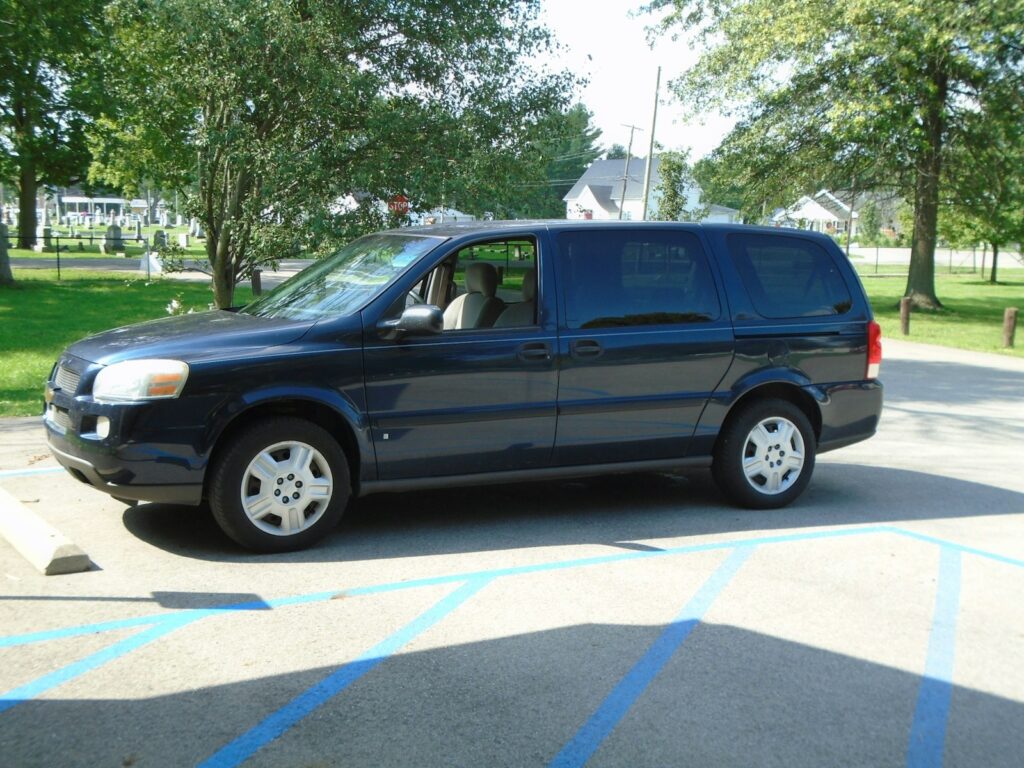
8. **Wallet-Friendly Insurance Costs**
Let’s talk about another area where minivans surprisingly save you cold, hard cash, often without you even realizing it until you get that first insurance quote: premiums. You might not think about insurance costs when you’re dreaming of that sleek, rugged SUV, but generally, SUVs are more expensive to insure than minivans. This isn’t just a random quirk in the automotive world; it’s a reflection of several factors that directly contribute to the perceived risk and potential cost of a claim. Understanding these can really help solidify the minivan’s financial appeal.
Vehicle price is a big one, as it directly impacts replacement and repair costs after an incident. SUVs often sell for higher initial prices, and their more complex systems or specialized parts can make them inherently more expensive to repair if something goes wrong, which naturally bumps up insurance costs. But it goes deeper than just the vehicle itself. Larger and heavier SUVs also have the potential to cause more damage in an accident, especially in multi-vehicle collisions, making them statistically riskier in the eyes of insurers. This increased liability can lead to higher premiums for SUV owners.
And here’s the really fascinating part, which speaks volumes about the “mommy mobile” image: the *drivers* themselves play a significant role in insurance rates. As the context playfully points out, “There aren’t too many young single people recklessly darting around town in a Pacifica.” Most minivan owners are typically married, often have families, and are generally seen by insurers as more stable and responsible drivers. These demographics frequently qualify for policy discounts. They also tend to have more years of driving experience under their belts, indicating a lower likelihood of accidents. Statistically, these drivers pose less risk because they’re generally more careful behind the wheel, and this responsible behavior translates directly into better insurance rates. It’s almost like your minivan itself is giving you a gold star for responsible adulting, making it a smart financial choice long after the initial purchase.
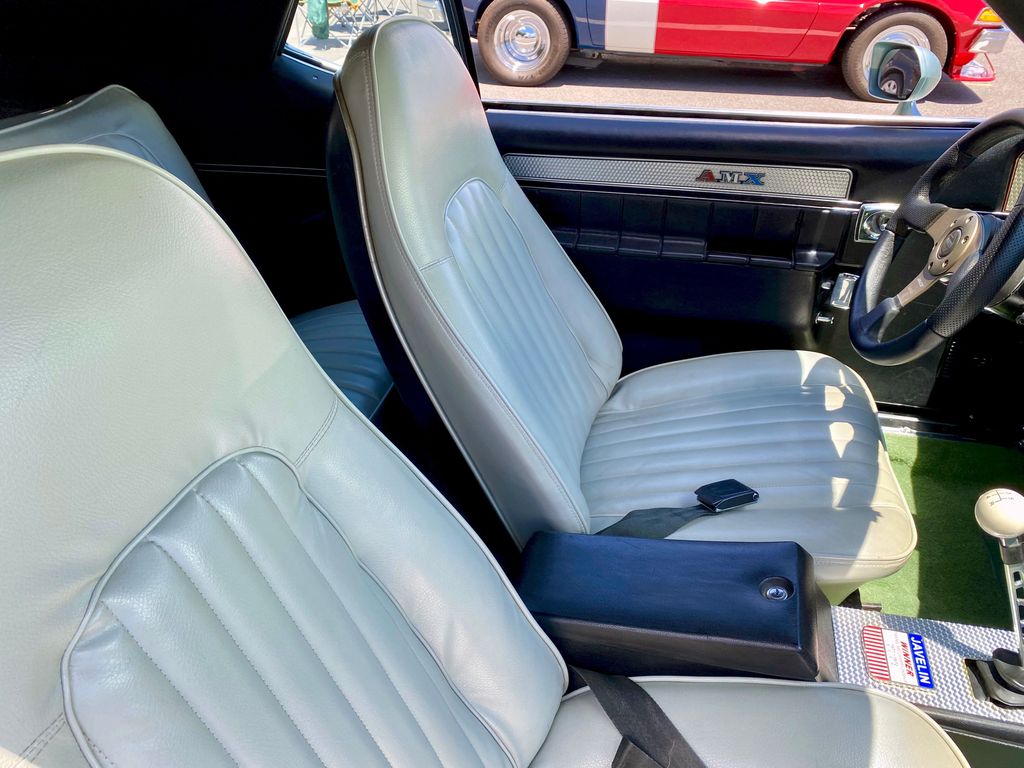
9. **The True Car Seat Champion**
We touched upon car seat compatibility earlier, highlighting the hardware and the convenience of captain’s chairs for pass-through access. But let’s dive even deeper into why minivans truly earn the undisputed crown for “unmatched car seat versatility,” especially for families with multiple little ones. It’s not just about having the LATCH hardware (though minivans do tend to offer more of it, making installation a breeze compared to the struggle bus in some SUVs). It’s about the *holistic experience* of managing multiple car seats and the tiny humans who occupy them, day in and day out, in a way that minimizes stress and maximizes safety.
If you’re a parent juggling more than one child in convertible car seats – whether they’re rear-facing infants or forward-facing toddlers – this is where the minivan’s design truly shines. The prevalence of captain’s chairs in the middle row of minivans is an absolute game-changer. These individual seats, often standard even in used models, create an unobstructed pass-through to the third row. This means you don’t have to perform awkward gymnastics, folding or sliding a heavy bench seat just to buckle in a child in the very back, a common headache for SUV owners. This ease of access is crucial for busy parents who are constantly loading and unloading their most precious cargo.
While some newer SUV models *do* offer optional captain’s seats, they are far less common, especially if you’re looking at used vehicles, making them a premium add-on rather than a foundational design element. The fundamental design difference means minivans deliver a level of ease, adaptability, and pure common sense for complex car seat setups that many SUVs simply cannot match. From accommodating three car seats across a row (yes, some minivans can do it!) to providing ample space for buckling without bumping heads on the ceiling, the minivan solidifies its status as the ultimate car seat command center, designed from the ground up for the realities of family life.

10. **Cargo Flexibility: Haul Anything and Everything**
While we briefly covered the sheer “sprawl” of minivan space in our first section, emphasizing overall volume, let’s zoom in on something even more impressive and perhaps less understood: their unparalleled *flexibility* when it comes to cargo. It’s one thing to have a lot of cubic feet; it’s another entirely to have space that truly adapts to whatever wild, wonderful, or downright weird stuff your family life throws at you. Minivans are the undisputed winners in terms of cargo versatility, boasting design elements that make them incredibly adaptable for a wide range of hauling needs that frequently arise for active families.
We’re talking about design innovations like low, flat load floors, which make it incredibly easy to slide heavy or bulky items in and out without straining your back. Beyond that, minivan seats don’t just fold down; they often fold *completely flat* into the floor, or are even *removable* (think Stow ‘n Go for the Chrysler Pacifica). This genius design transforms the interior into a vast, uninterrupted cavern of cargo space. This is what makes them “ideal for families with tons of travel gear, endless bags of groceries, or bulky sports equipment.” Remember that Kelley Blue Book editor who proudly bragged about hauling full sheets of plywood and drywall in his Chrysler Pacifica? That’s the kind of next-level flexibility and utility we’re talking about – something most SUVs can only dream of.
Even the largest full-size SUVs, while certainly spacious, often can’t match the pure cargo hold size and the adaptable configurations of a minivan, especially when all three rows are in use. The 2025 Honda Odyssey, for example, offers a staggering 155.8 cubic feet of maximum cargo room with its seats stowed, impressively outclassing even the largest full-size SUVs like the 2025 Chevrolet Suburban, which comes in at 144.7 cubic feet. So, whether it’s a semester’s worth of college dorm gear, camping equipment for a long weekend, or just a massive Costco run, your minivan is ready to transform and conquer, proving it’s the ultimate multi-tasker for families on the go.
And there you have it, parents! We’ve peeled back the layers on the minivan versus SUV debate, revealing that sometimes, the most practical choice is also the most surprisingly efficient, affordable, and adaptable. While SUVs undoubtedly have their sleek looks and rugged appeal, the truth is that minivans consistently offer features and benefits that directly address the everyday realities of family life. From hands-free sliding doors to integrated vacuums and unparalleled car seat versatility, minivans are engineered with your chaotic, beautiful life in mind. So, the next time you’re sizing up vehicles, don’t just ask if your SUV is a ‘mommy mobile’ – ask yourself if it’s truly living up to its full family-hauling potential, or if a minivan might just be the quiet, unassuming hero you never knew you needed. Ultimately, the best vehicle is the one that fits *your* family’s unique demands, budget, and lifestyle. Happy driving!

